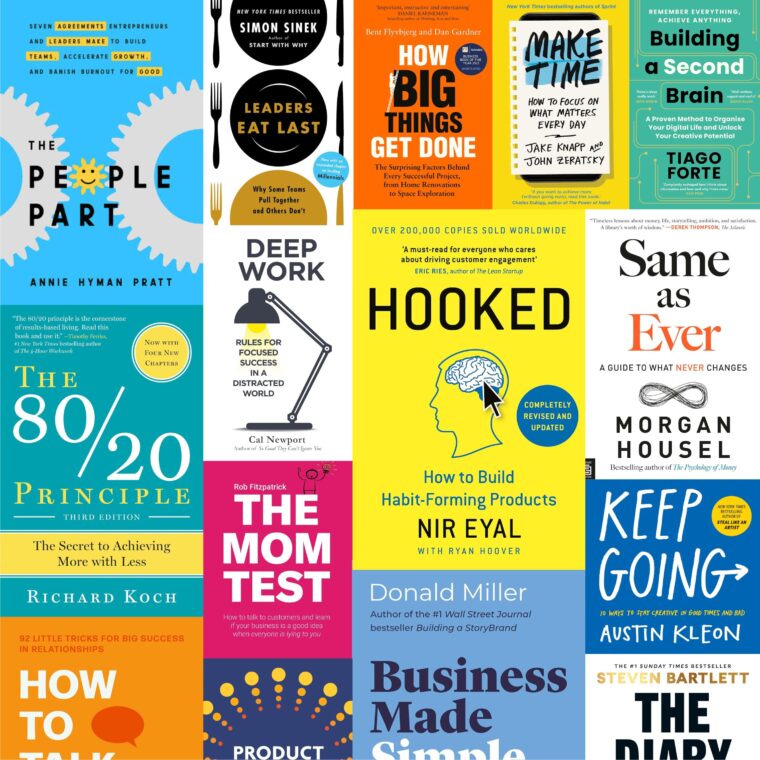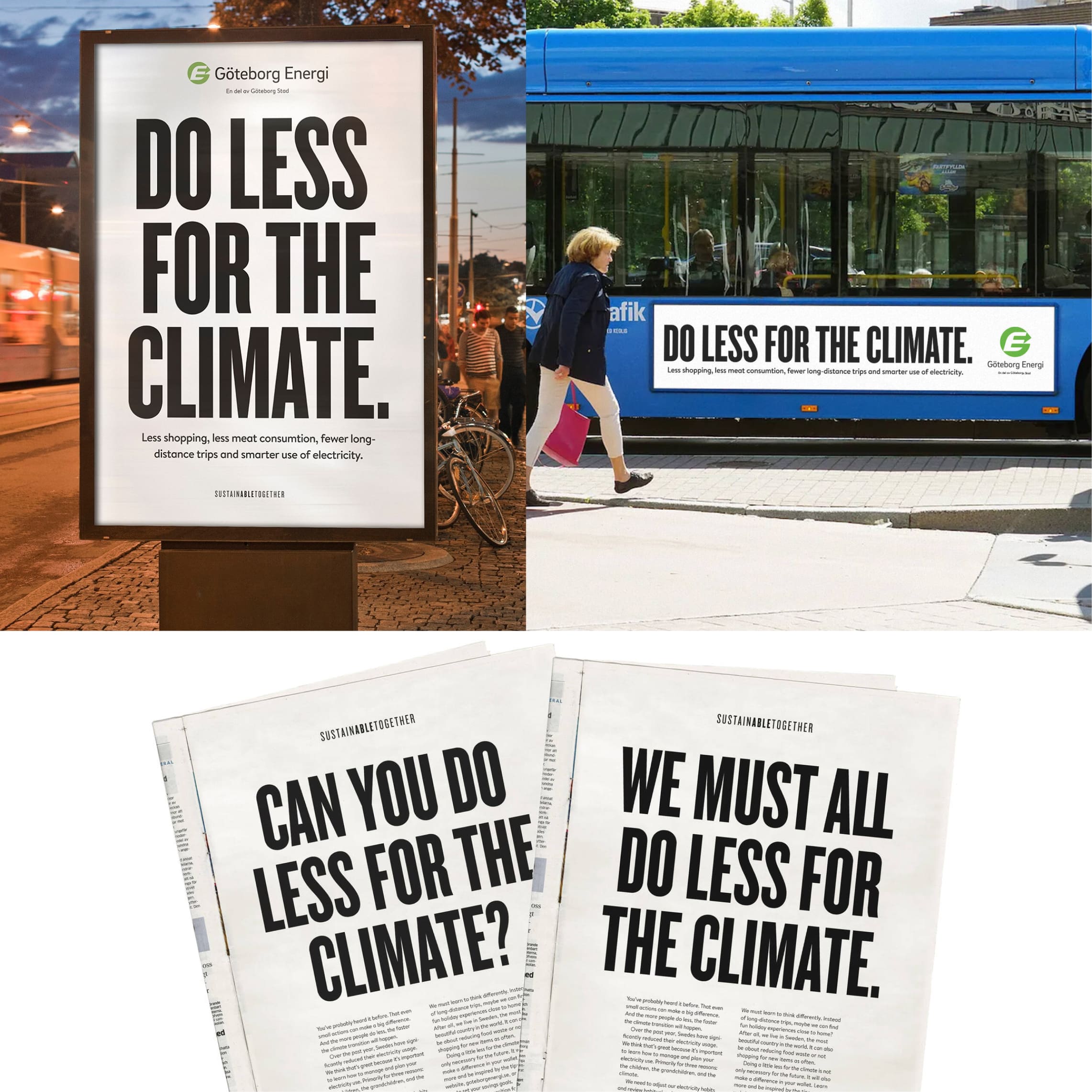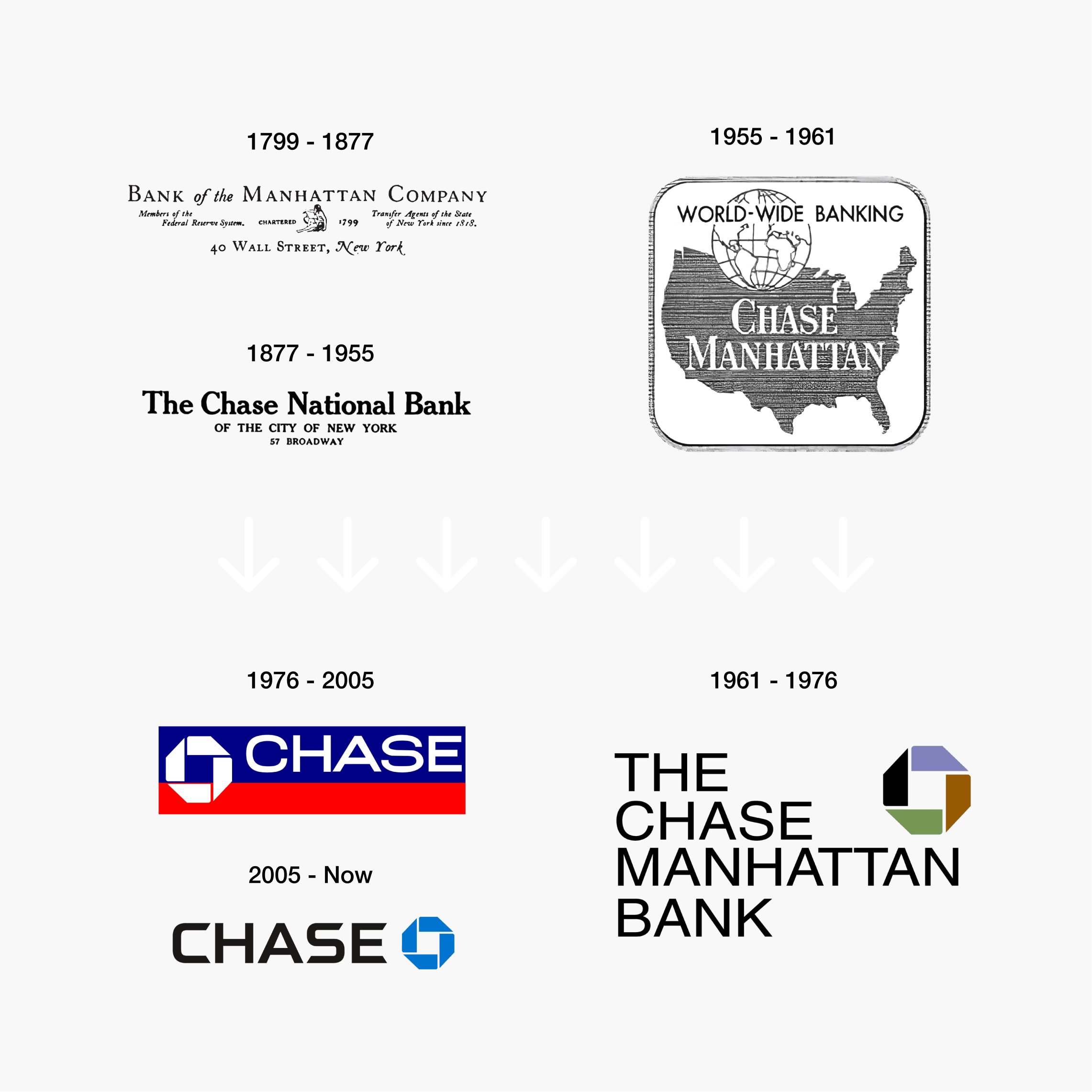How has 'The Lost Art of Book Cover Design' been influenced by modern trends, market demands, and the digital age's impact on publishing?
Among the many challenges book cover designers face is trying to represent a book’s premise or main character without getting so specific that readers are left with little to imagine. Unfortunately, It seemed that no matter where you looked, whether in a physical bookstore or browsing online, the covers had a familiar look, mirroring each other in design, color, and style.
Book publishers and designers are faced with the challenge of making their books stand out in a crowded market. so they adopted a strategy known as 'trend imitation', where they designed book covers based on what was popular and selling well. Market research showed that certain styles and colors were more likely to catch a potential reader's eye, influencing sales.
One popular trend was 'flat design', They are typically business and non-fiction known for their simplicity and clean lines. This style became a favorite in the design world and soon found its way onto book covers. These covers were characterized by bold font and colors, straightforward illustrations and all key elements of flat design.
 The rise of online shopping also influenced cover designs. In a digital store, a book has only a small image to attract attention. This led designers to create bold, simple, and recognizable designs that could be easily identified in a thumbnail image. Consequently, publishers often chose designs that had proven effective in this format, leading to uniformity in book cover appearance.
The rise of online shopping also influenced cover designs. In a digital store, a book has only a small image to attract attention. This led designers to create bold, simple, and recognizable designs that could be easily identified in a thumbnail image. Consequently, publishers often chose designs that had proven effective in this format, leading to uniformity in book cover appearance.
Looking ahead, I wish for a shift in cover design trends. The hope is for future trends to be less ubiquitous, allowing for covers that are more distinctive, polarizing, and risk-taking, celebrating the uniqueness of each book and its author.




